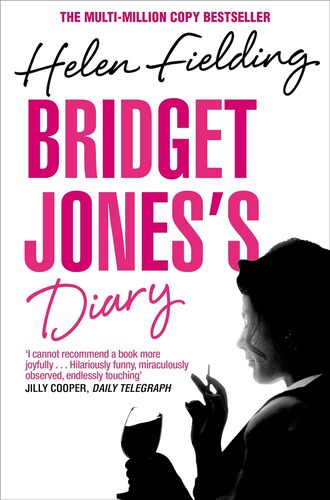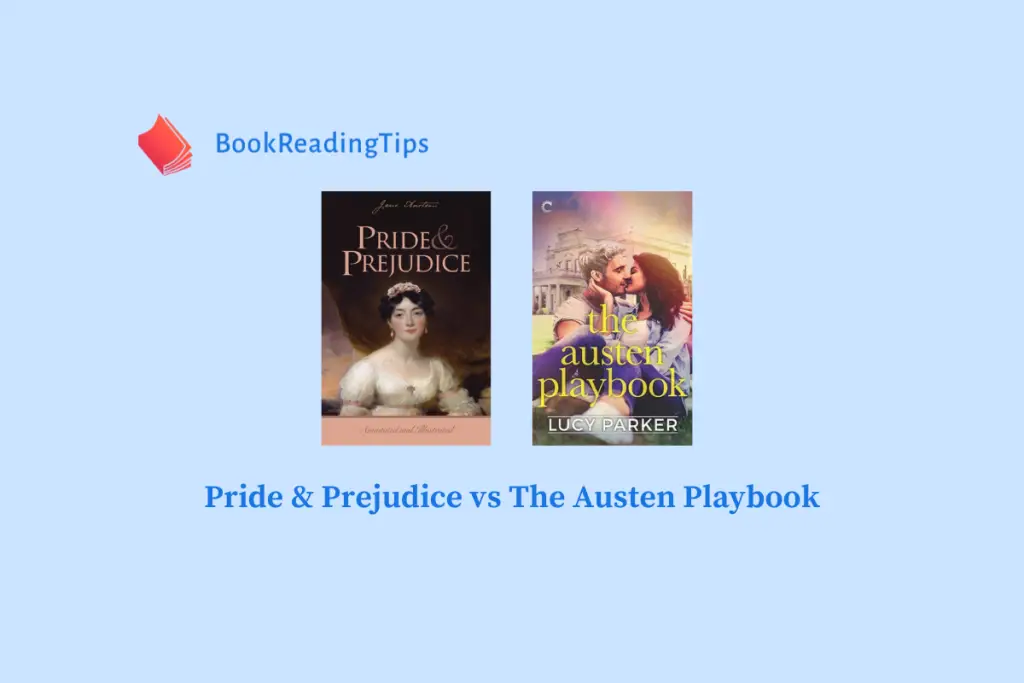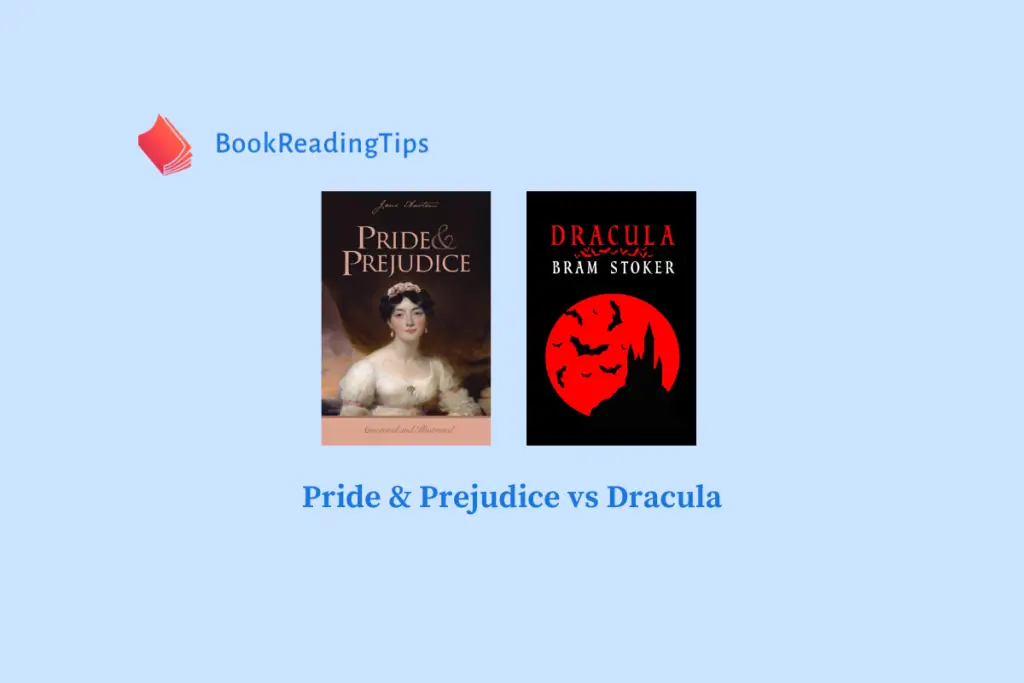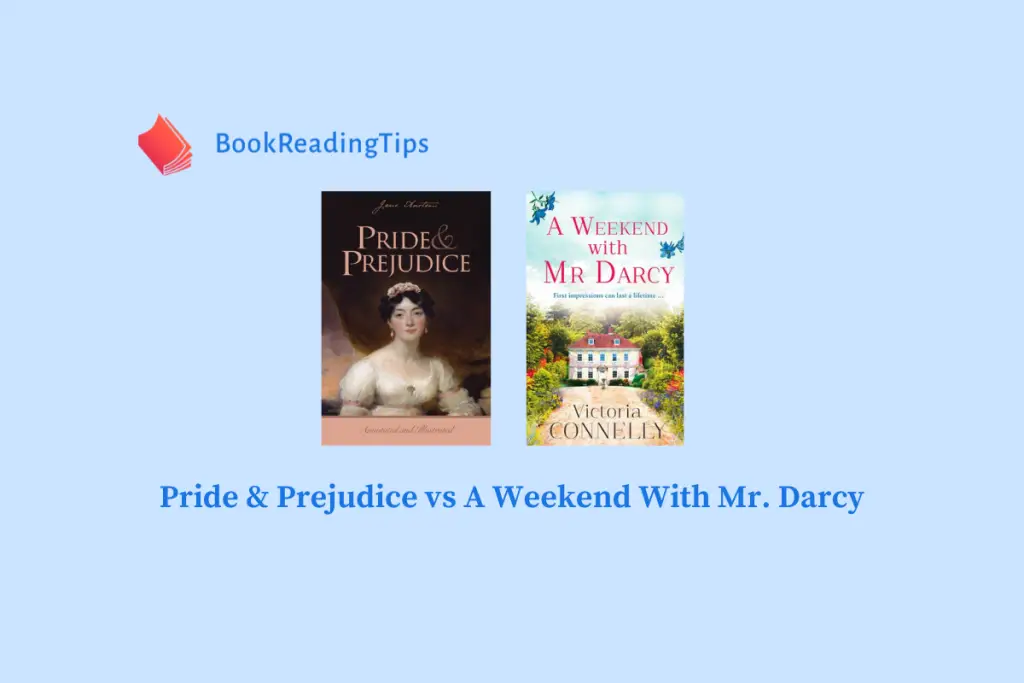If you’re a fan of classic literature, you may have come across Pride and Prejudice by Jane Austen and Bridget Jones’s Diary by Helen Fielding. While these two books may seem worlds apart in terms of time period and setting, they actually share some interesting similarities that make them worth comparing.
Pride and Prejudice is a beloved novel set in Regency-era England, following the story of the headstrong Elizabeth Bennet and the proud Mr. Darcy. On the other hand, Bridget Jones’s Diary is a modern-day retelling of Pride and Prejudice, following the quirky Bridget Jones as she navigates the ups and downs of relationships and self-discovery in London.
Despite their similarities, these two books are quite different in tone and style. Pride and Prejudice is a classic romance novel with a focus on societal norms and class distinctions, while Bridget Jones’s Diary is a more light-hearted and comedic take on the same themes. If you enjoy witty social commentary and timeless love stories, both of these books are definitely worth a read.
In the following article, I will delve deeper into the similarities and differences between Pride and Prejudice and Bridget Jones’s Diary, exploring the themes, characters, and writing styles that make these books so captivating. Whether you’re a fan of classic literature or modern rom-coms, I believe you’ll find something to love in both of these beloved novels. So grab a cup of tea, settle in, and let’s explore the world of Pride and Prejudice and Bridget Jones’s Diary together.
Table of Contents
- Core Principles of Pride & Prejudice
- Core Principles of Bridget Jones’s Diary
- Similarities & Differences Between Both Books
- FAQs
- 1. What is the connection between Pride & Prejudice and Bridget Jones’s Diary?
- 2. How do the characters in Pride & Prejudice compare to those in Bridget Jones’s Diary?
- 3. Are there any major differences between Pride & Prejudice and Bridget Jones’s Diary?
- 4. How do the settings in Pride & Prejudice and Bridget Jones’s Diary compare?
- 5. What are some key themes explored in both Pride & Prejudice and Bridget Jones’s Diary?
- 6. Which adaptation of Pride & Prejudice do you recommend, Pride and Prejudice or Bridget Jones’s Diary?
- Conclusion
Core Principles of Pride & Prejudice

1. Themes of Love & Marriage
One of the core principles of Pride and Prejudice revolves around the themes of love and marriage. The novel explores the societal expectations surrounding marriage during the Regency era in England. The characters, particularly Elizabeth Bennet and Mr. Darcy, navigate through the complexities of courtship and societal pressures to find true love. Jane Austen delves into the importance of marrying for love rather than for financial gain or social status. The novel challenges the conventional norms of marriage and highlights the significance of emotional connection and mutual respect in a relationship.
2. Class & Social Status
Another key principle in Pride and Prejudice is the exploration of class and social status. Austen portrays the rigid social hierarchy of the time and how it influences the characters’ interactions and decisions. The stark contrast between the wealthy, aristocratic characters like Mr. Darcy and the lower-class characters like the Bennet family sheds light on the disparities in society. The novel critiques the obsession with wealth and status, emphasizing the importance of character and integrity over material possessions. Through the characters’ interactions, Austen highlights the prejudices and biases that stem from societal class distinctions.
3. Satire & Irony
Pride and Prejudice is also characterized by its use of satire and irony. Austen employs wit and humor to critique the societal norms and conventions of her time. The novel satirizes the superficiality of the upper class, the absurdity of social expectations, and the hypocrisy of certain characters. Through clever dialogue and subtle irony, Austen exposes the flaws and follies of the characters, providing a commentary on the society in which they live. The novel’s humor adds depth to the narrative and allows readers to reflect on the absurdities of human behavior.
Core Principles of Bridget Jones’s Diary

1. Modern-Day Adaptation
Bridget Jones’s Diary, in my opinion, takes inspiration from Pride and Prejudice and reimagines the classic story in a modern-day setting. The novel follows the titular character, Bridget Jones, a single woman in her thirties navigating the challenges of love, career, and self-acceptance. Like Elizabeth Bennet, Bridget faces societal pressures and expectations regarding relationships and marriage. The novel explores themes of self-discovery, empowerment, and the pursuit of happiness in a contemporary context.
2. Humor & Self-Deprecation
One of the core principles of Bridget Jones’s Diary is its humor and self-deprecation. The novel is written in the form of a diary, allowing readers to glimpse into Bridget’s inner thoughts and insecurities. Bridget’s candid and relatable narration, filled with humorous anecdotes and witty observations, adds a light-hearted tone to the story. The character’s self-deprecating humor resonates with readers, highlighting the universal experience of grappling with self-doubt and imperfections. Through humor, the novel explores themes of vulnerability, resilience, and the importance of embracing one’s flaws.
3. Romantic Relationships & Independence
Bridget Jones’s Diary also delves into the complexities of romantic relationships and the pursuit of independence. Bridget’s romantic entanglements with the charming but unreliable Daniel Cleaver and the aloof Mark Darcy mirror the love story of Elizabeth Bennet and Mr. Darcy in Pride and Prejudice. The novel explores the challenges of finding love in a modern world, balancing personal fulfillment with societal expectations. Bridget’s journey towards self-acceptance and empowerment underscores the importance of valuing oneself and prioritizing personal growth. Through Bridget’s experiences, the novel celebrates the strength and resilience of women in navigating the complexities of relationships and self-discovery.
Similarities & Differences Between Both Books
Similarities
Themes: I think both “Pride and Prejudice” and “Bridget Jones’s Diary” share similar themes of love, relationships, and societal expectations. Both books explore the complexities of romantic relationships and the challenges faced by individuals in finding love in a society that often places importance on social status and wealth.
Strong Female Protagonists: Both Elizabeth Bennet from “Pride and Prejudice” and Bridget Jones from “Bridget Jones’s Diary” are strong, independent women who challenge societal norms and expectations. They both navigate the complexities of relationships while staying true to themselves and their beliefs.
Humor: I feel that both books incorporate humor in their storytelling, creating light-hearted moments that add depth to the characters and the plot. The witty banter and comedic situations in both novels make them entertaining reads that appeal to a wide audience.
Differences
Time Period: One major difference between the two books is the time period in which they are set. “Pride and Prejudice” is set in the early 19th century, while “Bridget Jones’s Diary” is set in contemporary times. This difference in time period influences the societal norms and expectations that the characters must navigate.
Writing Style: I think another notable difference between the two books is the writing style. “Pride and Prejudice” is written in a more formal and traditional style, reflective of the time period in which it was written. On the other hand, “Bridget Jones’s Diary” is written in a more modern and conversational style, making it more relatable to contemporary readers.
Cultural Context: The cultural context of the two books also differs. “Pride and Prejudice” explores the social hierarchy and class distinctions of early 19th-century England, while “Bridget Jones’s Diary” delves into the challenges faced by modern women in balancing careers, relationships, and societal expectations.
FAQs
1. What is the connection between Pride & Prejudice and Bridget Jones’s Diary?
Both Pride and Prejudice and Bridget Jones’s Diary are modern adaptations of Jane Austen’s classic novel, Pride and Prejudice. Bridget Jones’s Diary is a contemporary retelling of the story, featuring a modern-day heroine facing similar challenges in love and relationships.
2. How do the characters in Pride & Prejudice compare to those in Bridget Jones’s Diary?
While the characters in Pride and Prejudice have been reimagined in Bridget Jones’s Diary, there are clear parallels between them. For example, Elizabeth Bennet from Pride and Prejudice is reflected in Bridget Jones, and Mr. Darcy is mirrored in Mark Darcy.
3. Are there any major differences between Pride & Prejudice and Bridget Jones’s Diary?
While both stories share similar themes and plot points, Bridget Jones’s Diary takes a more comedic approach to the source material. The tone of the two works differs, with Bridget Jones’s Diary incorporating more modern humor and pop culture references.
4. How do the settings in Pride & Prejudice and Bridget Jones’s Diary compare?
Pride and Prejudice is set in 19th-century England, while Bridget Jones’s Diary takes place in contemporary London. The settings play a significant role in shaping the tone and atmosphere of each story.
5. What are some key themes explored in both Pride & Prejudice and Bridget Jones’s Diary?
Themes of love, class, and societal expectations are prevalent in both Pride and Prejudice and Bridget Jones’s Diary. The protagonists navigate these themes as they strive to find happiness and fulfillment in their lives.
6. Which adaptation of Pride & Prejudice do you recommend, Pride and Prejudice or Bridget Jones’s Diary?
Both adaptations offer a unique perspective on Jane Austen’s classic novel. Fans of romantic comedies may prefer Bridget Jones’s Diary for its modern twist, while purists may appreciate the timeless charm of Pride and Prejudice. Ultimately, the choice comes down to personal preference and the viewer’s taste in storytelling.
Conclusion
Overall, “Pride and Prejudice” and “Bridget Jones’s Diary” are two timeless classics that explore themes of love, relationships, and societal expectations in a witty and engaging manner.
Both books share similar core principles, such as the importance of self-awareness, the impact of social status on romantic relationships, and the journey toward self-acceptance. However, they differ in their settings and time periods, with “Pride and Prejudice” taking place in 19th century England and “Bridget Jones’s Diary” set in modern-day London.
Readers who enjoy classic literature and are interested in exploring the societal norms and expectations of the past would appreciate “Pride and Prejudice.” On the other hand, those looking for a more contemporary and relatable take on the same themes would find “Bridget Jones’s Diary” to be a delightful read.
Both books offer valuable insights into the complexities of relationships and the importance of staying true to oneself. Whether you prefer the elegance of Jane Austen’s prose or the modern humor of Helen Fielding, both “Pride and Prejudice” and “Bridget Jones’s Diary” are sure to captivate and entertain readers for generations to come.




